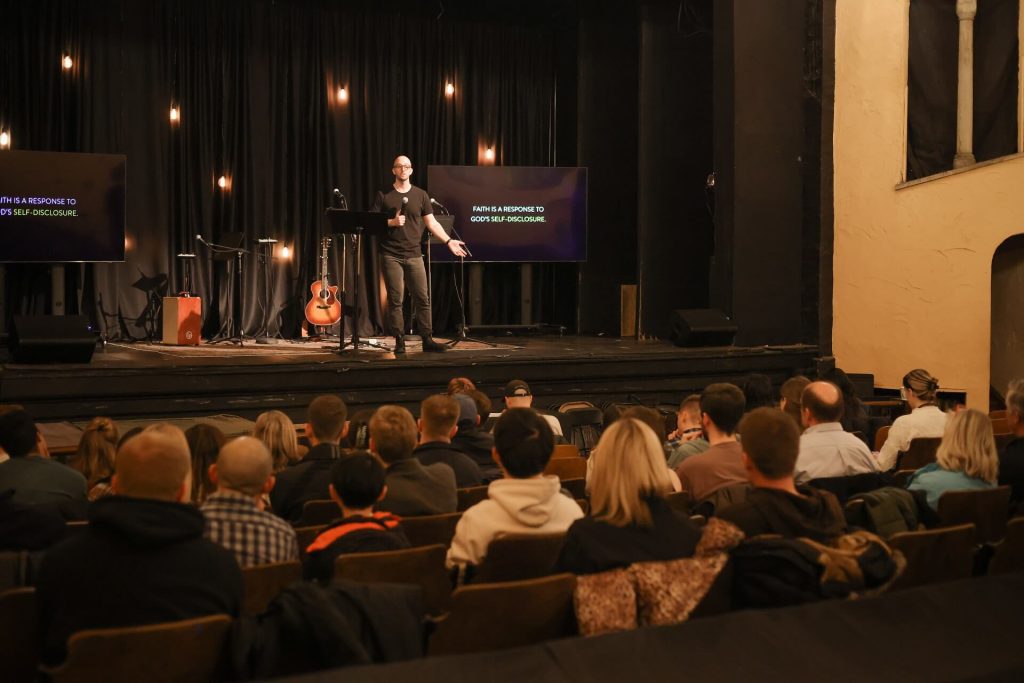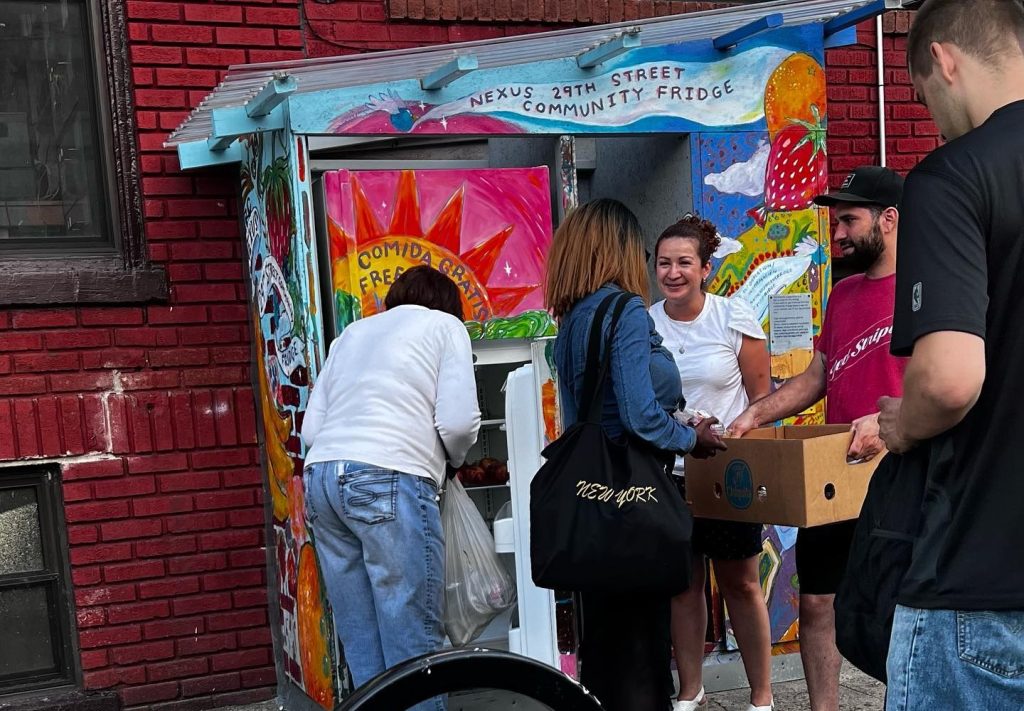New York City presents serious challenges to the church’s call to discipleship.
Shallow relationships are the norm. Work demands almost every ounce of a person’s time and energy. Hyper-transience cuts off the possibility of communal roots. And personal identity is defined by what you accomplish, leading people to completely immerse themselves in work and creative side projects.
Each of these cultural elements of city life are actively and holistically discipling people, forming them into certain kinds of people shaped by certain sets of values and behaviors. This increases the need for a counter-cultural disciple-making movement defined by the gospel of Jesus. So the need for discipleship in the city is vast, but the entry points for disciple-making, whether relationship-based or program-based, are extremely few and slim.
EACH OF THESE ELEMENTS OF CITY LIFE ARE FORMING THEM INTO CERTAIN KINDS OF PEOPLE SHAPED BY CERTAIN SETS OF VALUES AND BEHAVIORS.
For example:
-
Try to get three or four people together regularly for Bible study, prayer, or accountability, and one of those people might move within the first three months.
-
Try to design a discipleship plan that lasts only three months, and people will struggle to quickly develop trust to go deep together.
-
Try to lead a discipleship program that is based on generic content, and you’ll be faced with the task of finding or designing content that is both excellent and urban (not to mention gospel-centered).
-
Try to design church programs and activities that disciple a person holistically, and you’ll struggle not to quickly burn people out (if they even come in the first place).
-
Try to start a discipleship program based on teaching, and people won’t have much needed relationships with each other or feel ownership to implement the content they learn.
Regardless of which angle a church planter takes to try to make disciples, hurdles are high and there are lots of them. Yet, the stakes are equally high, because discipleship remains central to the great commission.
Every human being learns and grows through a unique combination of experiences that include receiving audible and visual information, verbal processing, space to think, curiosity, artistic expression, hands on practice, and interaction with other people. Yet, we church planters — and I include myself here — often act as if one program, method, or discipleship pathway will work for every person. This inevitably causes frustration for both the planter and the parishioners. Church planters will be tempted to give up and settle for producing Christians who are busy with church activities, rather than striving to help Christians grow in Christlikeness.
Maybe the way we do discipleship in urban churches is actually revealing an idol of control. Maybe we church planters think it all depends on us — on our teaching, pastoring, and ministry design. Maybe this idolatry causes us to spend way too much time trying to design discipleship programs and way too little time creating space for people to “contemplate the Lord’s glory” that leads to true “transformation” (2 Corinthians 3:18). Maybe we have a difficult time wrestling with the reality that “only God makes things grow” (1 Corinthians 3:7). Maybe we need to refocus our energy on lifting up Christ and empowering the lay leaders in our churches to carry out their own formation into the image of Christ in ways that actually work for them and the community.
I often wonder what discipleship could look like if it was designed and implemented by apostolic (entrepreneurial, creative, pioneering — see Ephesians 4:11–16) lay people in our churches, instead of by “professional” church planters. Could our churches be filled with people willing to dream, imagine, and lead new ideas that advance the kingdom of God, including a movement of discipleship? Urban Christians understand the demands and realities of urban life better than anyone. So could they best figure out how they can grow into the image of Christ? Should church leaders primarily give vision for discipleship, then let lay people themselves decide how it could play out in relationships, rhythms, activities, and programs?
I OFTEN WONDER WHAT DISCIPLESHIP COULD LOOK LIKE IF IT WAS DESIGNED AND IMPLEMENTED BY ENTREPRENEURIAL, CREATIVE, PIONEERING LAY PEOPLE IN OUR CHURCHES, INSTEAD OF BY “PROFESSIONAL” CHURCH PLANTERS.
Here’s an idea of what discipleship could look like if reimagined for today’s urban church.
First, discipleship must start with the end in mind. What does a disciple look like? “Jesus,” a planter might say. Great. Then preach, pastor, lead, and counsel so that people see the beauty of Jesus. In everything the church does, declare the hope that “Jesus is our Hero!”
Second, highlight the common heart “idols” of urban people. What else do we look to as a “hero” or savior? How do those “heros” shape the way we live? How do they name us? What are their damaging effects in our lives, individually and communally? Help people see the beauty of Jesus when compared to these false heros.
Third, nuance and contextualize what the character and life of Jesus might look like in your particular time and place. Paint a picture of what the body of Christ might look like if deeply engaging with the needs of your community. Help your parishioners imagine it for themselves.
Fourth, force yourself not to over-program the activities of the church. Rather, call people to be both disciples and disciple-makers: to imagine what it would look like to actually become like Jesus, to follow Him, to live like Him, to seek first his Kingdom, to invite others to know His love, both individually and communally.
Fifth, provide resources, coaching, and training that will help your leaders move forward with the vision God has given them. Encourage them, and celebrate the ways God surprises your community.
Ultimately, people do what they want to do. So, help people want Jesus more than anything else. Work to create the desire for Jesus and the kingdom of God. Then give them time and resources and empower them to “design” the rest.



